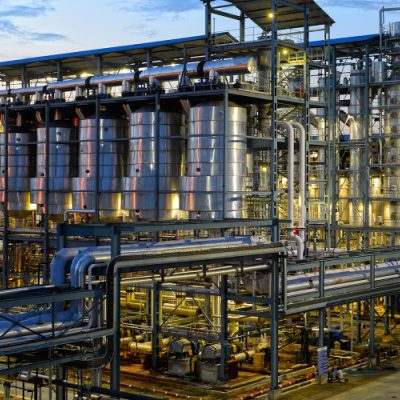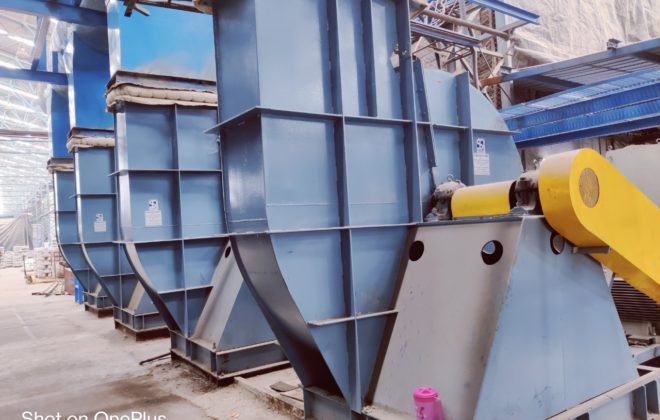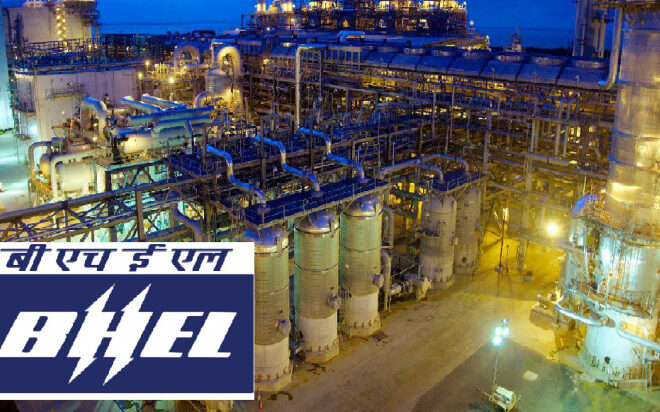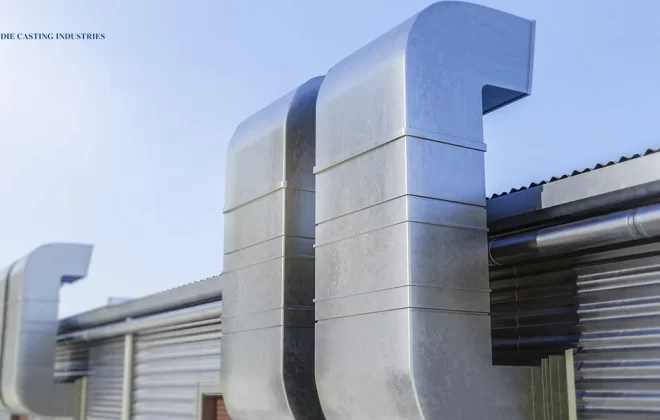How to Select the Right Industrial Fan
How to select the right industrial fan matters a lot.
Carefully selected, high-quality industrial fans play a critical role in effective air handling systems in any workplace environment. Whether you need to install a fan in a warehouse or a large retail store, you need to consider many factors to meet your specific needs.
Based on our experience as an experienced Industrial Fans manufacturer in India , we have identified the following steps to help you determine the right fan for your application needs:
Fan type as per your Requirement:
• The industrial fan selection process begins with determining your requirement, start by analyzing the space you need to circulate air through and get the optimal airflow.
• Discover the type of air movement needed for your application/s and the fan type required for it.
• Fans operate in different ways. Centrifugal fans (or radial fans) have a wheel(impeller) that draws air into the housing inlet, turns 90 degrees and is accelerates radially, and exits the fan housing. Centrifugal fans are typically used for lower flows and higher pressures. As they are quieter, they also offer an advantage in terms of less noise level. They take up more space and are more expensive than propeller fans, however.
• Whereas the Axial fan is made up of a propeller rotated on its axis by a motor. It moves air in an axial direction through a cylindrical housing or formed orifice panel. Axial fans are typically used for higher flows and lower pressures. An axial fan is generally used for air circulation in large rooms, ventilation of rooms through walls, and ducting. Compared to centrifugal fans, axial fans occupy less space, are less expensive, and are quieter.
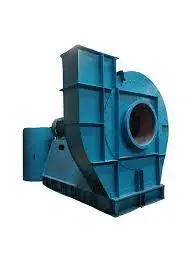
Consider main Parameters
- Airflow rate: Airflow rate means the quantity of air passing through an industrial fan over time. It is rated in cubic feet per minute (CFM) or the metric equivalent, cubic meters per hour (M3/Hr).
1 CFM = 1.6990 x M3/Hr.
- Static Pressure: Static Pressure is the resistance to airflow (friction) caused by the air moving through a pipe, duct, hose, filter, hood slots, air control dampers or louvers. Static Pressure is rated in inches water gauge (inWG) or the metric equivalent, millimeters water gauge (mmWG).
1 inWG = 25.4 x mmWG.
- Density: Density changes resulting from temperature and/or barometric pressure variations should be corrected to standard conditions before selecting a fan.
- Altitude: The altitude at which the fan or blower will be operating will also affect the performance of -the
- Air Temperature: The temperature of the air going through the fan or blower will affect the performance of the fan or blower.
Other factors
- Noise level: If excessive noise is an issue, a high volume-low speed industrial or commercial ceiling fans that make minimal noise is a great choice. As the small fans need Small fans need to run at high speeds in order to maximize airflow and makes lot of noise.
- Ambient Temperature: The temperature of the air outside the fan or blower, or ambient temperature, can affect the operation of fan or blower. While the vast majority of fans blow air at room temperature, some must operate under specific temperature or environmental conditions.
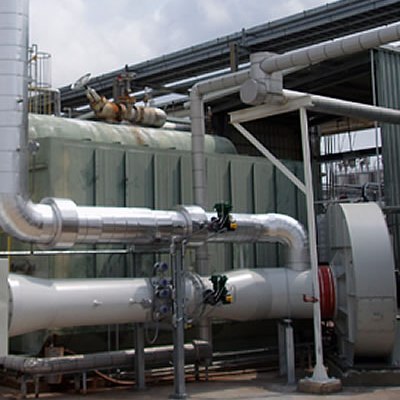
Other factors:
- Requirements for the end-use process,
- Location,
- Installation,
- Schedule and
- Future operation
Detailed specifications, if necessary, and whether you want to use the fan manufacturer’s specifications or not.
Whether you need an industrial fan for cooling, exhausting, aerating, ventilating, or drying our SYMBIOSIS Brand Centrifugal Fans & Blowers / Axial Flow Fans are designed to meet your varied needs.
Contact us to ensure the selection of a highly reliable and efficient industrial fan at a competitive price.
Recent Posts
- How Industrial Fans Transform Ventilation Systems in Smart Factories
- How Centrifugal Blowers Help Optimize HVAC Systems in Large Facilities
- How Industrial Blowers Improve Air Quality and Safety in Factories
- How to Improve Cement Plant Performance with High-Efficiency Blowers and Fans
- SYMBIOSIS Blowerfab Delivers State-of-the-Art RC Fans to ArcelorMittal Nippon Steel India, Enhancing Industrial Efficiency

